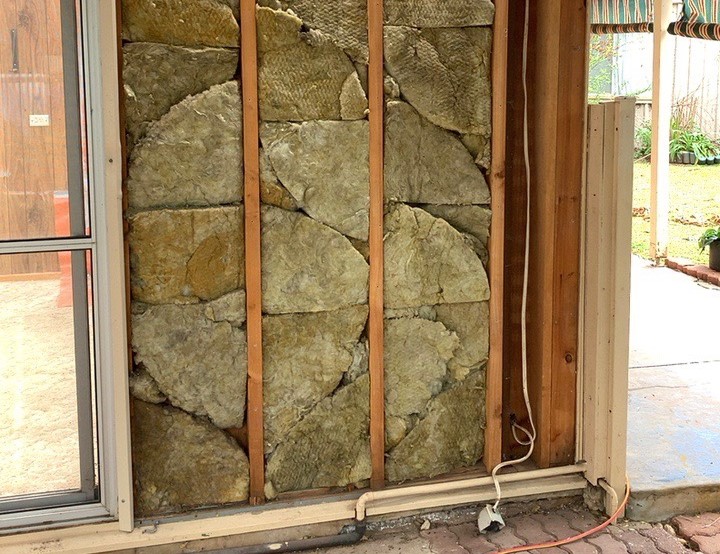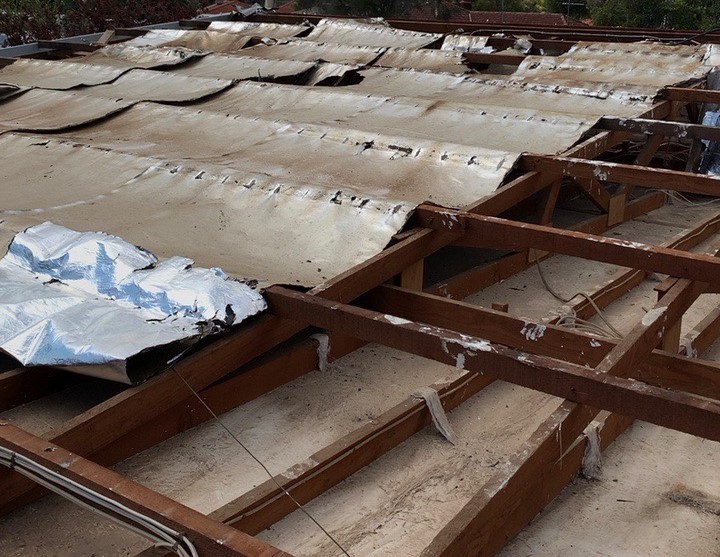Asbestos, a naturally occurring mineral fiber, was historically lauded for its flexibility, strength, affordability, and insulation properties. This led to its widespread use in construction and various industries.
However, the discovery of its serious health risks has drastically reduced its usage, leading to a ban in many countries, including Australia.
Understanding the nature of friable asbestos is crucial, especially considering its prevalence and the associated health risks.

What is Friable Asbestos?
Friable asbestos is a type of asbestos material that can be easily crumbled or reduced to powder by hand pressure.
This form of asbestos poses a high risk due to its tendency to release airborne fibers when handled.
Common examples of friable asbestos include insulation around hot water pipes, asbestos rope, and loose-fill asbestos, like the infamous Mr. Fluffy insulation.
The High Risk of Friable Asbestos
The primary concern with friable asbestos is its ability to release fibers into the air when disturbed.
These airborne fibers pose significant health risks if inhaled.
Thus, friable asbestos is considered more hazardous compared to non-friable asbestos, which is bound with other materials like cement.
However, it’s important to note that non-friable asbestos can become friable if damaged or aged.

Asbestos in Australia: A Historical Overview
Australia had one of the highest rates of asbestos use per capita up until the mid-1980s.
The country mined asbestos until 1984, and significant quantities were imported over several decades.
Acknowledging the health hazards, Australia banned asbestos in December 2003.
Types of Asbestos-Containing Materials
In Australia, buildings commonly contain non-friable asbestos products such as asbestos cement, asbestos cement sheeting, and vinyl asbestos floor tiles.
If these materials are damaged or broken, they may release asbestos fibers into the air, elevating the risk to a level similar to friable asbestos.
Health Risks and Removal
The health risks associated with friable asbestos exposure cannot be overstated.
Exposure to asbestos fibers can lead to life-threatening illnesses.
Therefore, if you suspect your property contains friable asbestos materials, it is imperative to have them safely assessed, removed, and disposed of by an asbestos specialist.

Professional Removal is Key
Asbestos must only be removed by a licensed asbestos removalist.
The process requires specialized training and experience to ensure safety. You will always want to have our friable asbestos tested and removed by an experienced asbestos removal company like Ace Asbestos Removal.
Different rules apply to the unlicensed removal of friable and non-friable asbestos. Always follow the safety precautions outlined in the SafeWork Code of Practice.
Understanding friable asbestos is essential for ensuring the safety and health of individuals in environments where asbestos might be present.
Given its hazardous nature, especially when airborne, it’s crucial to handle friable asbestos with utmost care, preferably under professional supervision.
The historical context and strict regulations in Australia highlight the importance of being informed and cautious when dealing with asbestos-containing materials.
